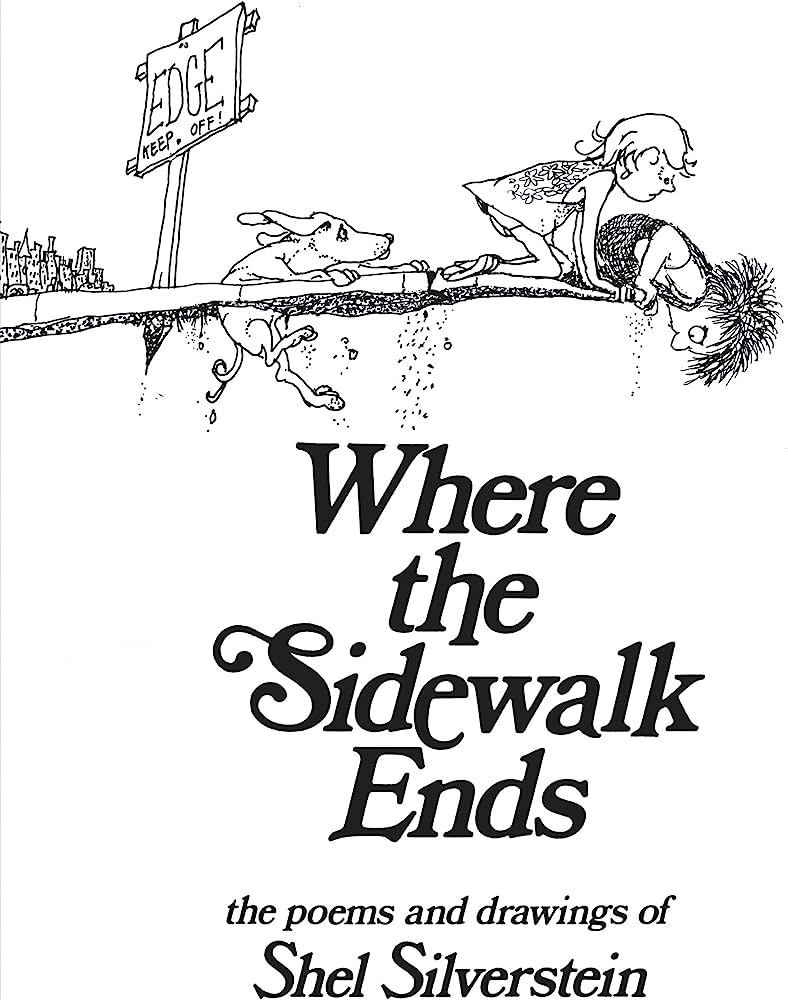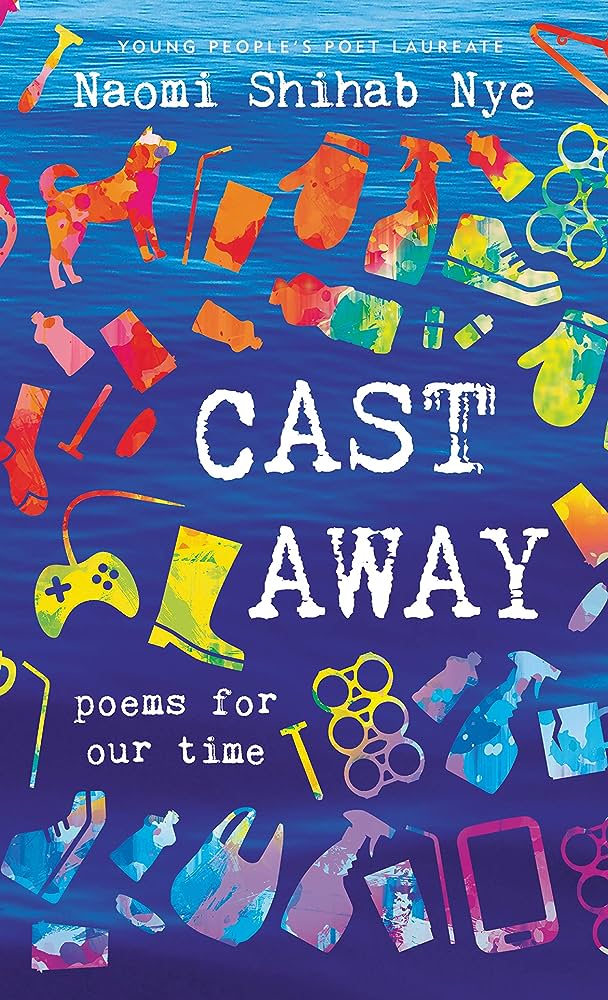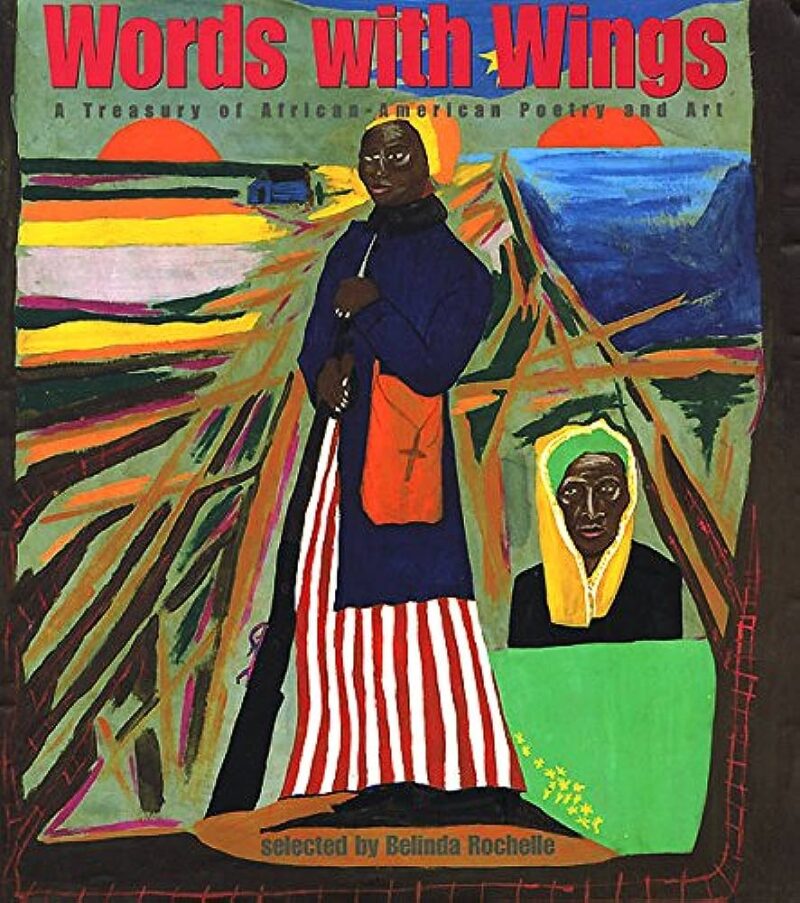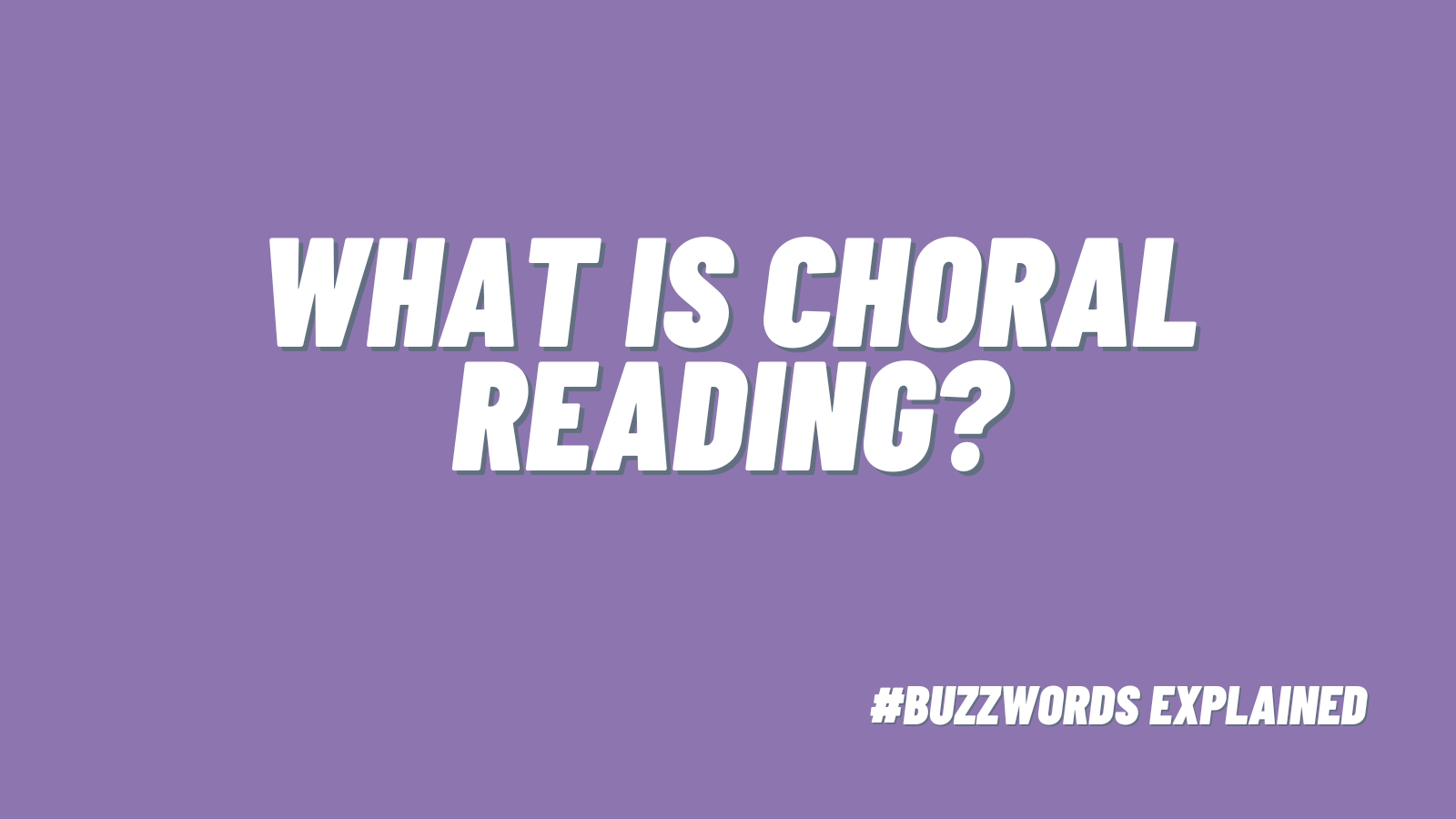When it comes to reading instruction, you won’t find a strategy more classic than choral reading. It’s been around forever, and it has the research to back it up. We know that this is a great way to help all students practice fluency, and, especially for struggling readers, to gain confidence with reading. Here’s more about choral reading and how to use it in your classroom.
What is choral reading?
Choral reading is when a teacher reads aloud and a group or class follows along in unison. As students read along with you, they have the opportunity to build fluency without feeling self-conscious about reading aloud or stumbling over words they don’t know.
What are the benefits?
Fluency, comprehension, confidence—choral reading has lots of benefits for students. Here are some of the top reasons teachers use this instructional strategy:
Reduces anxiety
Reading along with you and peers takes away some of the anxiety around reading, especially for kids who struggle to read aloud. When no one is listening to them sound out words, they can relax and follow along, listening for how words are pronounced as you and their peers read aloud too.
Builds fluency
It’s also good fluency practice for all students, regardless of how strong a reader they are. Hearing a passage read aloud, reading a passage with support, and reading it multiple times improves students’ ability to read with fluency, especially prosody.
Improves comprehension
As students slow down and focus on the words in front of them, they’re building comprehension as well.
Provides versatility
Choral reading can be used with your whole class or a small group, and it works with students in both elementary and middle school.
Read more: Why reading fluency is about more than speed
How do I implement choral reading?

Choral reading should be one routine in your reading instruction tool kit. It should be a quick, easy-to-implement strategy, taking no more than 5 to 10 minutes of a reading lesson.
Choral reading for elementary students
Here’s a routine for elementary school:
- Choose a passage or book that works well for reading aloud in a group.
- Make sure each student has their own copy.
- Read the passage aloud first to show students how it sounds.
- Ask students to use a finger or marker to follow along as they read.
- Reread the passage together and have the students read along with you in unison.
- Read at a pace that you expect students to read, so students can follow along.
- Slow down when you get to words that are more challenging.
The ultimate goal of any reading activity is comprehension, so make sure to apply comprehension strategies at the end as well. You could ask questions about what they read, or have them complete a graphic organizer.
Choral reading for secondary students
Choral reading isn’t just for elementary students. Here is a choral reading routine for secondary students from the Texas Journal of Literacy Education:
Monday
Present two texts and read them aloud to students, modeling fluent reading. The students choose a text they want to practice.
Tuesday
Each student gets a copy of the text they chose. Then, students review the text and practice and define any unfamiliar words. The teacher breaks the text into A and B sections and leads an echo/choral reading where the students listen to a part read aloud and then reread that part back to the teacher as a group.
Wednesday
Students are in two groups and assigned either part A or B. The teacher leads the group in a group reading of parts A and B, by group. The teacher reads with both groups.
Thursday
This is a repeat of Wednesday’s routine, but with the students reading chorally and the teacher providing feedback.
Friday
The students read a final time, preferably for an audience like the principal or parents. The performance aspect adds motivation and authenticity for students with a clear “end goal” for their fluency practice.
What research supports choral reading?
Choral reading is supported by research going back to the 1970s and 1980s, though it’s often studied as a method for repeated reading. Overall, the repeated reading aspect increases students’ ability to read sight words and decode words quickly and accurately. This improves fluency, which impacts comprehension (Pikulski & Chard, 2005).
Dowhower (1987) investigated the effect of two repeated reading procedures in second grade readers. Students either read along or read independently. Students’ fluency, rate, and accuracy improved whether they were reading independently or in in a group. However, students’ prosody was most supported by the read-along procedure.
Additional research has found that:
- Choral reading is efficient because students are reading all at once (Paige & Magpuri-Lavell, 2014).
- It is an effective strategy for English-language learners and struggling readers because they are reading together and can safely try out new words (Paige, Rasinski, & Magpuri-Lavell, 2012).
- Choral and repeated reading has positive effects on the fluent reading and comprehension of struggling readers (Kodan & Akyol, 2018).
- Choral reading is also incorporated into research about repeated reading, as a way to help students get support as they read a text over and over, building to reading it independently (for example, Samuels, 1979).
Examples of Choral Reading
The Institute of Education Sciences has a video of how choral reading is used with a small group:
Here’s an explanation of how to use choral reading with a whole class:
Books and Passages for Choral Reading
Choose a passage that is:
- Short (you should be able to read through it in a few minutes)
- At grade level or students’ reading level
- From a variety of genres
- Of interest to students
Choral Reading for Elementary
For young students, you can find passages that focus on specific letter-sound patterns at Teachers Pay Teachers. Lois Walker’s Scripts for Schools has downloadable (for a fee) scripts.
Here is a packet of poems for students in grades 2 and 3 from Snettisham Primary School and a list of poems from ArgoPrep.
This list of decodable books has options for young students to use in choral reading.
There is information and passages for ELL students from A World of Language Learners.
And here are poetry lessons for grades 1 and 2.
Choral Reading for Middle Elementary
Shel Silverstein is a classic—he’s written short poems and long poems and everything in between.

Buy It: Where the Sidewalk Ends and Every Thing On It at Amazon
Jack Prelutsky is another kid-favorite. His poems about everyday life being a kid, with a touch of humor, are great for choral reading.

Buy it: The New Kid on the Block and Be Glad Your Nose Is on Your Face at Amazon
Choral Reading for Older Students
Short stories and poems still work for older students, who can now work with more complex topics. Choose passages that students can practice reading, and analyze when they’re done.

Cast Away: Poems for our Time by Naomi Shihab Nye, Young People’s Poet Laureate, has poems about what it’s like to live in the world today.
Buy it: Cast Away at Amazon

Everything Comes Next, also by Naomi Shihab Nye, is a collection of poems from her time as the Young People’s Poet Laureate.
Buy it: Everything Comes Next at Amazon

Shaking Things Up: 14 Young Women Who Changed the World by Susan Hood tells the stories of amazing women in poetry form.
Buy it: Shaking Things Up at Amazon

Words With Wings: A Treasury of African-American Poetry and Art by Belinda Rochelle is a wonderful way to bring history and culture into choral reading.
Buy it: Words With Wings at Amazon
Check out 25 more ways to build reading fluency in young readers.
What are your favorite choral reading passages? Come and share in our We Are Teachers HELPLINE group on Facebook.

